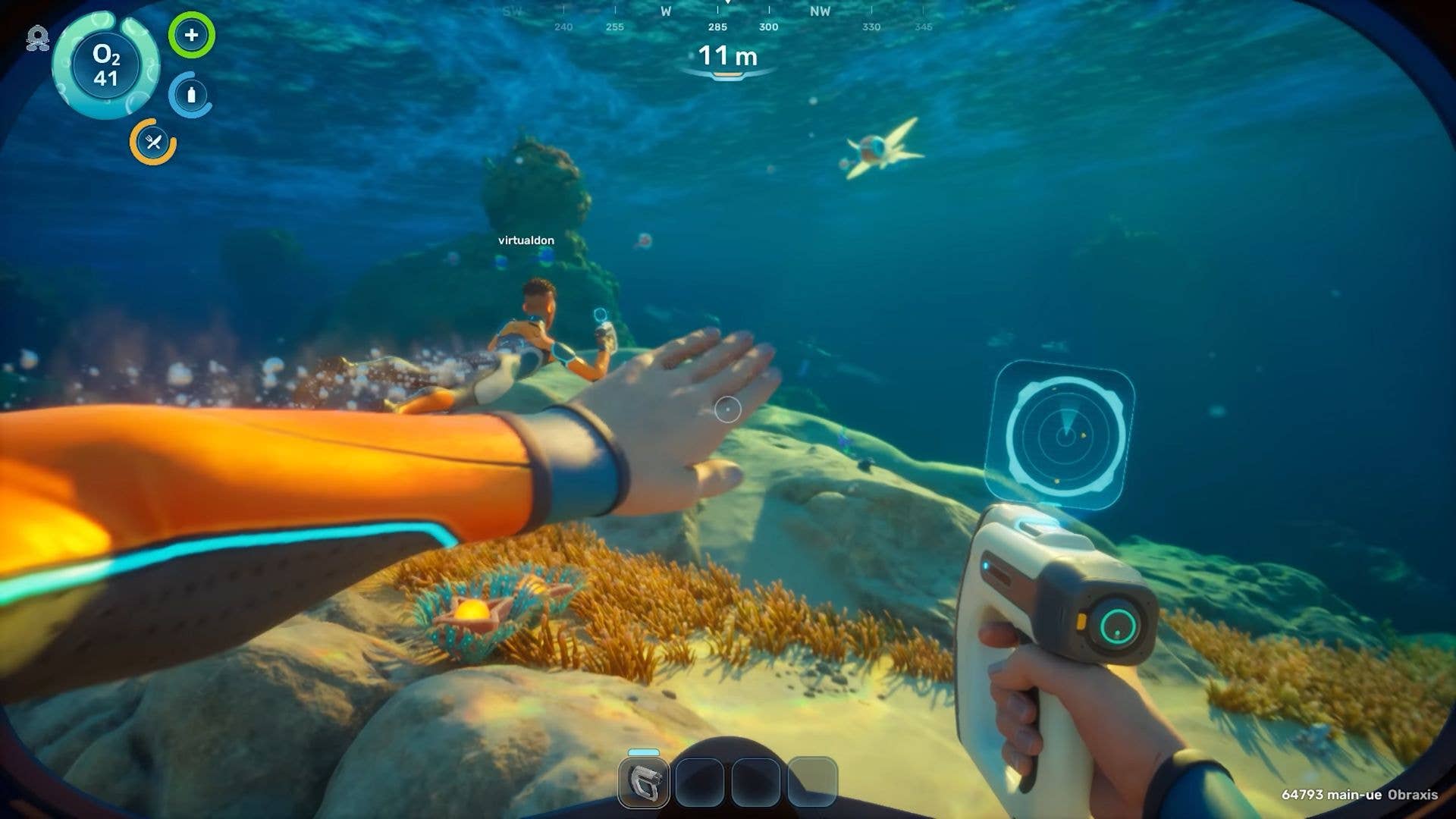Spacetop’s gigantic virtual laptop screen is ready to launch
About two years after Sightful’s Spacetop first emerged as a sort of display-less virtual computer, Spacetop is ready for liftoff — this time as a subscription-based Windows app that runs on third-party hardware, including laptops with NPUs. What’s Spacetop? Using a pair of AR glasses from XReal, Sightful’s Spacetop AR platform surrounds you with a gigantic 100-inch virtual screen so that you can work on a virtual “multi-monitor” setup virtually anywhere. The primary appeal is to help you work in a cramped environment like a plane or a hotel room, where the virtual workspace offers you some of the advantages of a home office. In 2023, Sightful showed off the Spacetop, which was like a Chromebook without a display. Sightful now utilizes the xReal Air ultra 2 AR glasses in place of the previously tethered AR glasses. If you didn’t own multiple displays and a Thunderbolt dock, fine — the AR setup surrounded you with virtual displays. Today’s Spacetop Bundle makes some changes, though the concept remains the same. Instead of AR glasses that were essentially tethered to the computing solution, Sightful uses the XReal Air Ultra 2 AR glasses instead. The most significant change involves the computer: you’ll need a laptop with an NPU of some sort (a Copilot+ PC isn’t necessary, but a basic NPU like a Core Ultra 100 series is) to power the Spacetop app itself. Yes, Spacetop is now a subscription-based application that runs on top of Windows, and it’s $200 per year. The old Sightful Spacetop.Sightful The Xreal Air Ultra 2 AR glasses output at 1080p per eye, at up to 120 Hz, with three dimming levels so that you can essentially block out extraneous light. Custom lenses are available: prescription single-lens inserts cost $50, while prescription progressive lenses cost $150. Unfortunately, you can’t wear glasses with the Spacetop/XReal headset. This concept might sound a bit like Apple’s Vision Pro — but Spacetop’s AR glasses from Xreal weigh 83 grams, while Apple’s headset weighs up to 650 grams. That’s a neck cramp waiting to happen. Yes, it’s a hefty price: the $899 Spacetop Bundle includes the AR glasses and a year’s worth ($200) of the Spacetop subscription. But you’ll need to either buy or own your own laptop on top of that, too. Sightful has been selling preorders of the bundle for $950, with a two-year Spacetop subscription offering for $1,050. (The subscriptions renew at $200 per year.) Spacetop running on a Windows machine.Sightful Work on the road and in the air Spacetop aims to enable you to bring an office-like environment with you wherever you go, utilizing AR technology. We’ve heard this concept before: part of Meta’s ill-timed metaverse push around the Meta Quest Pro was a virtual workspace, where you were surrounded by virtual screens. It didn’t work, in part because the screens were simply too low-resolution to be useful, and the headset was too heavy. Likewise, Microsoft’s original HoloLens, which I loved, was paired with a Microsoft Mixed Reality headsets — which bombed — but included an ability to pin “screens” inside of a workspace that could remain persistent while you walked around. Spacetop combines elements of both. It not only allows you to move and pin applications on what the company calls a 100-inch virtual screen but also set up a “travel mode” where the screens move with you as you move around. All of that happens via the NPU. At CES 2025 in January, Sightful representatives informed me that the company shifted its strategy in 2024, following the introduction of the Copilot+ PC and the NPU in general. They also announced plans to launch the Spacetop later that year in May 2024. On the Spacetop’s laptop, the NPU simply offloads some of the functions that were previously assigned to the CPU and the GPU — it fits within the traditional role of the NPU, which is to perform some AI-specific tasks much more efficiently than elsewhere. The idea is that efficiency translates into longer battery life. Early customers also didn’t like that the first Sightful iterations were essentially Android phones, with no ability to run Windows apps. It’s not entirely clear whether you’ll be able to run Chrome, or Edge, or a browser with plugins, let alone take a Zoom call while your face is obscured by a headset. The question is, will such a specialty device take off? Spacetop’s launch seemed less certain a couple of years ago, essentially requiring a specialized device for plane use. But now it looks much more useful as just another Windows app combined with a laptop and AR glasses that you can store in your carry-on.

About two years after Sightful’s Spacetop first emerged as a sort of display-less virtual computer, Spacetop is ready for liftoff — this time as a subscription-based Windows app that runs on third-party hardware, including laptops with NPUs.
What’s Spacetop? Using a pair of AR glasses from XReal, Sightful’s Spacetop AR platform surrounds you with a gigantic 100-inch virtual screen so that you can work on a virtual “multi-monitor” setup virtually anywhere. The primary appeal is to help you work in a cramped environment like a plane or a hotel room, where the virtual workspace offers you some of the advantages of a home office.
In 2023, Sightful showed off the Spacetop, which was like a Chromebook without a display. Sightful now utilizes the xReal Air ultra 2 AR glasses in place of the previously tethered AR glasses. If you didn’t own multiple displays and a Thunderbolt dock, fine — the AR setup surrounded you with virtual displays.
Today’s Spacetop Bundle makes some changes, though the concept remains the same. Instead of AR glasses that were essentially tethered to the computing solution, Sightful uses the XReal Air Ultra 2 AR glasses instead. The most significant change involves the computer: you’ll need a laptop with an NPU of some sort (a Copilot+ PC isn’t necessary, but a basic NPU like a Core Ultra 100 series is) to power the Spacetop app itself. Yes, Spacetop is now a subscription-based application that runs on top of Windows, and it’s $200 per year.
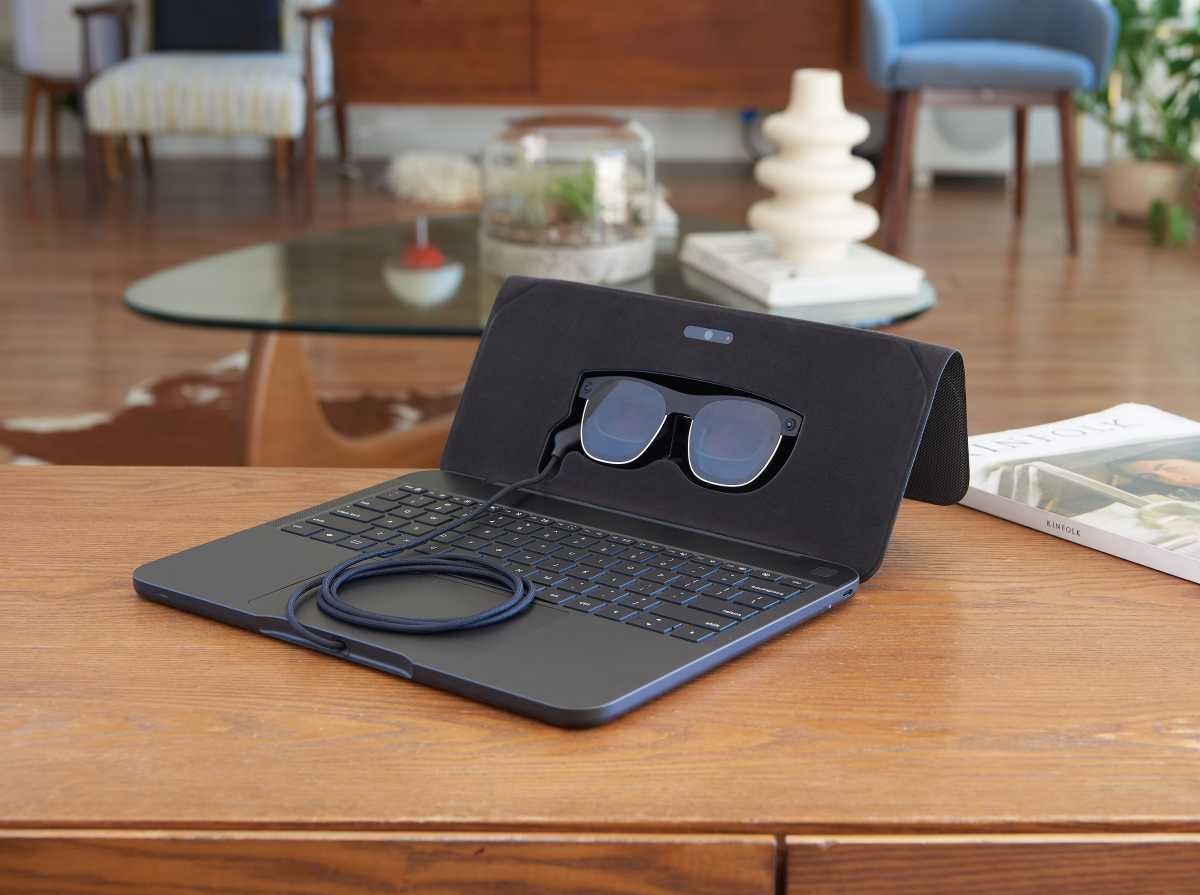
Sightful
The Xreal Air Ultra 2 AR glasses output at 1080p per eye, at up to 120 Hz, with three dimming levels so that you can essentially block out extraneous light. Custom lenses are available: prescription single-lens inserts cost $50, while prescription progressive lenses cost $150. Unfortunately, you can’t wear glasses with the Spacetop/XReal headset.
This concept might sound a bit like Apple’s Vision Pro — but Spacetop’s AR glasses from Xreal weigh 83 grams, while Apple’s headset weighs up to 650 grams. That’s a neck cramp waiting to happen.
Yes, it’s a hefty price: the $899 Spacetop Bundle includes the AR glasses and a year’s worth ($200) of the Spacetop subscription. But you’ll need to either buy or own your own laptop on top of that, too. Sightful has been selling preorders of the bundle for $950, with a two-year Spacetop subscription offering for $1,050. (The subscriptions renew at $200 per year.)
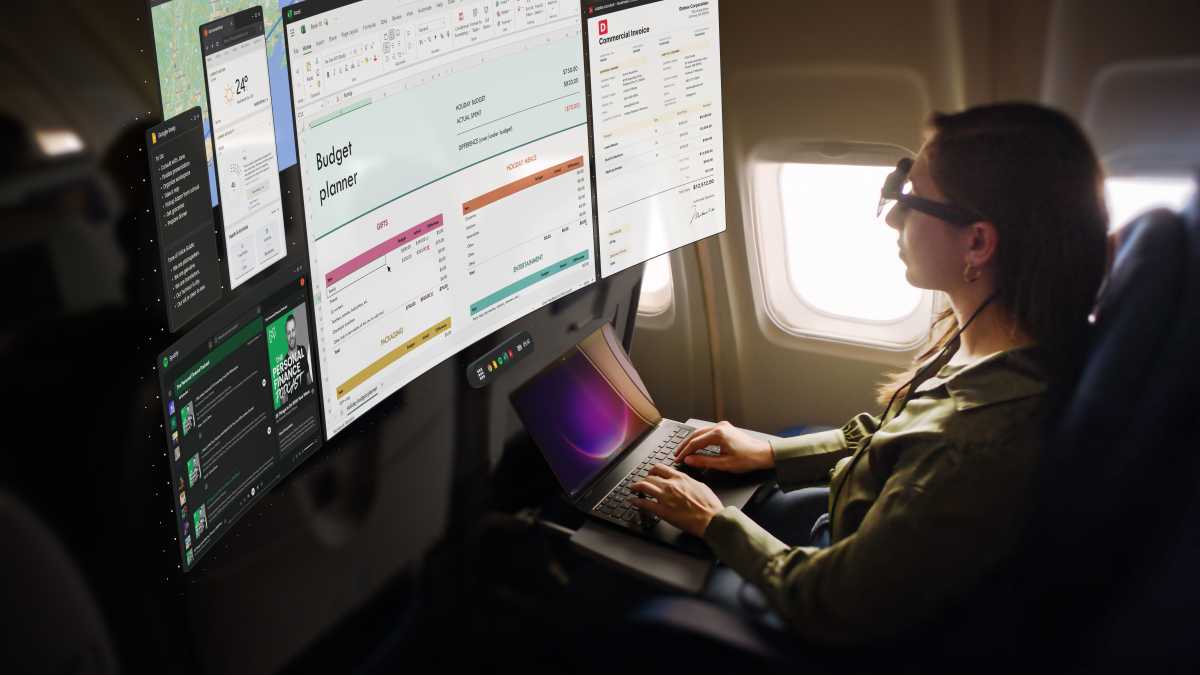
Sightful
Work on the road and in the air
Spacetop aims to enable you to bring an office-like environment with you wherever you go, utilizing AR technology. We’ve heard this concept before: part of Meta’s ill-timed metaverse push around the Meta Quest Pro was a virtual workspace, where you were surrounded by virtual screens. It didn’t work, in part because the screens were simply too low-resolution to be useful, and the headset was too heavy. Likewise, Microsoft’s original HoloLens, which I loved, was paired with a Microsoft Mixed Reality headsets — which bombed — but included an ability to pin “screens” inside of a workspace that could remain persistent while you walked around.
Spacetop combines elements of both. It not only allows you to move and pin applications on what the company calls a 100-inch virtual screen but also set up a “travel mode” where the screens move with you as you move around. All of that happens via the NPU.
At CES 2025 in January, Sightful representatives informed me that the company shifted its strategy in 2024, following the introduction of the Copilot+ PC and the NPU in general. They also announced plans to launch the Spacetop later that year in May 2024. On the Spacetop’s laptop, the NPU simply offloads some of the functions that were previously assigned to the CPU and the GPU — it fits within the traditional role of the NPU, which is to perform some AI-specific tasks much more efficiently than elsewhere. The idea is that efficiency translates into longer battery life.
Early customers also didn’t like that the first Sightful iterations were essentially Android phones, with no ability to run Windows apps. It’s not entirely clear whether you’ll be able to run Chrome, or Edge, or a browser with plugins, let alone take a Zoom call while your face is obscured by a headset.
The question is, will such a specialty device take off? Spacetop’s launch seemed less certain a couple of years ago, essentially requiring a specialized device for plane use. But now it looks much more useful as just another Windows app combined with a laptop and AR glasses that you can store in your carry-on.



















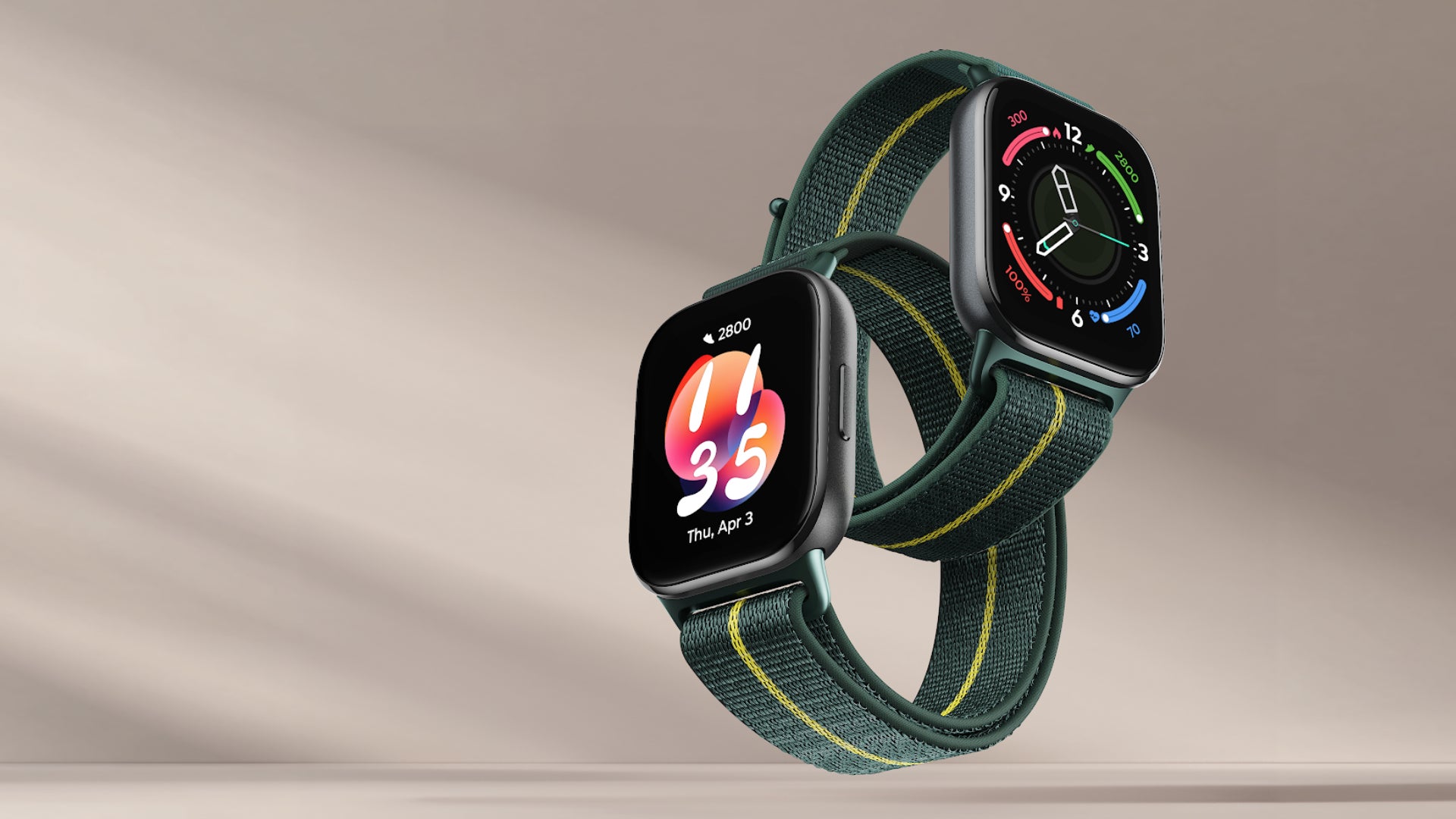
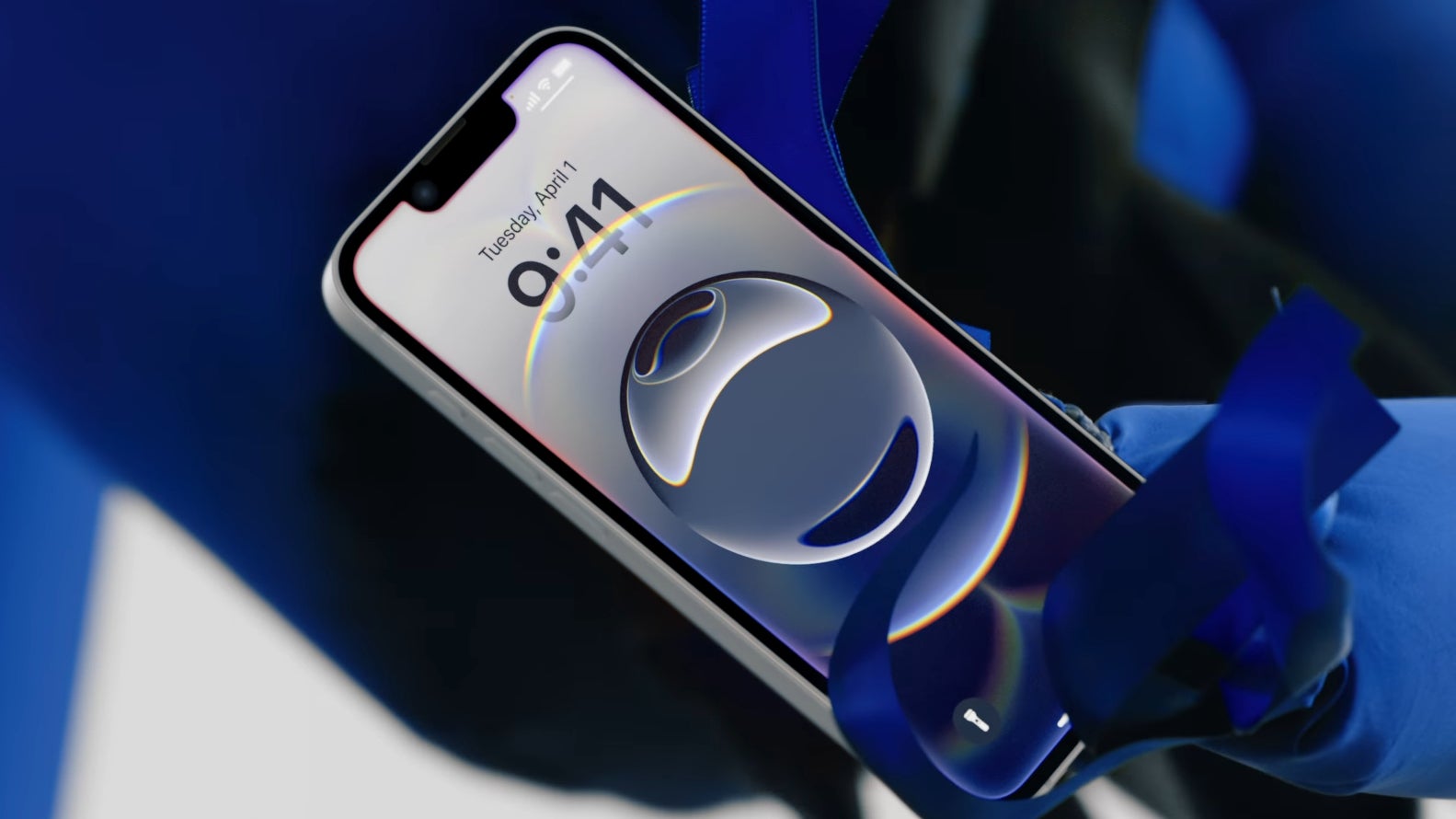








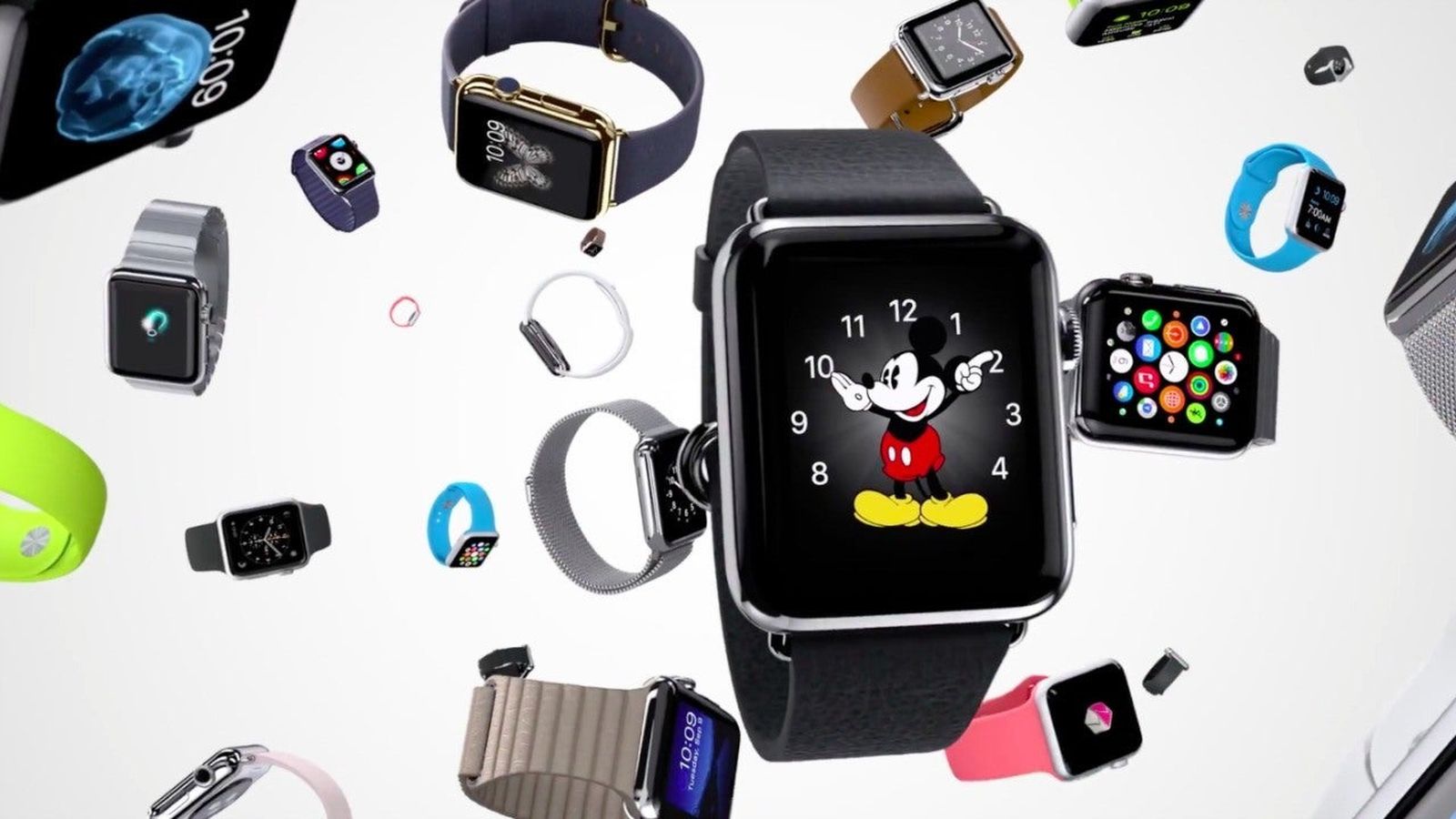
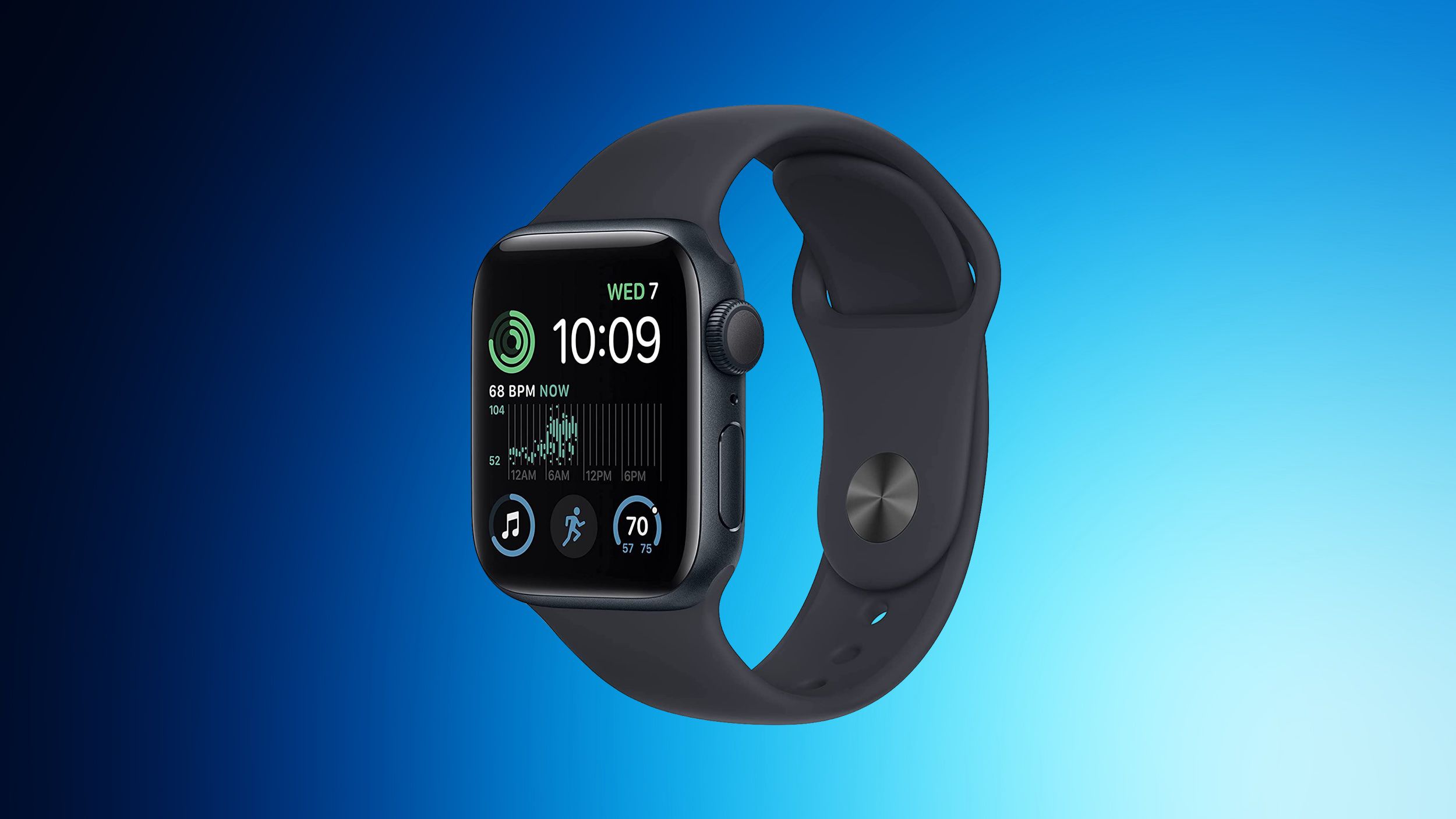



























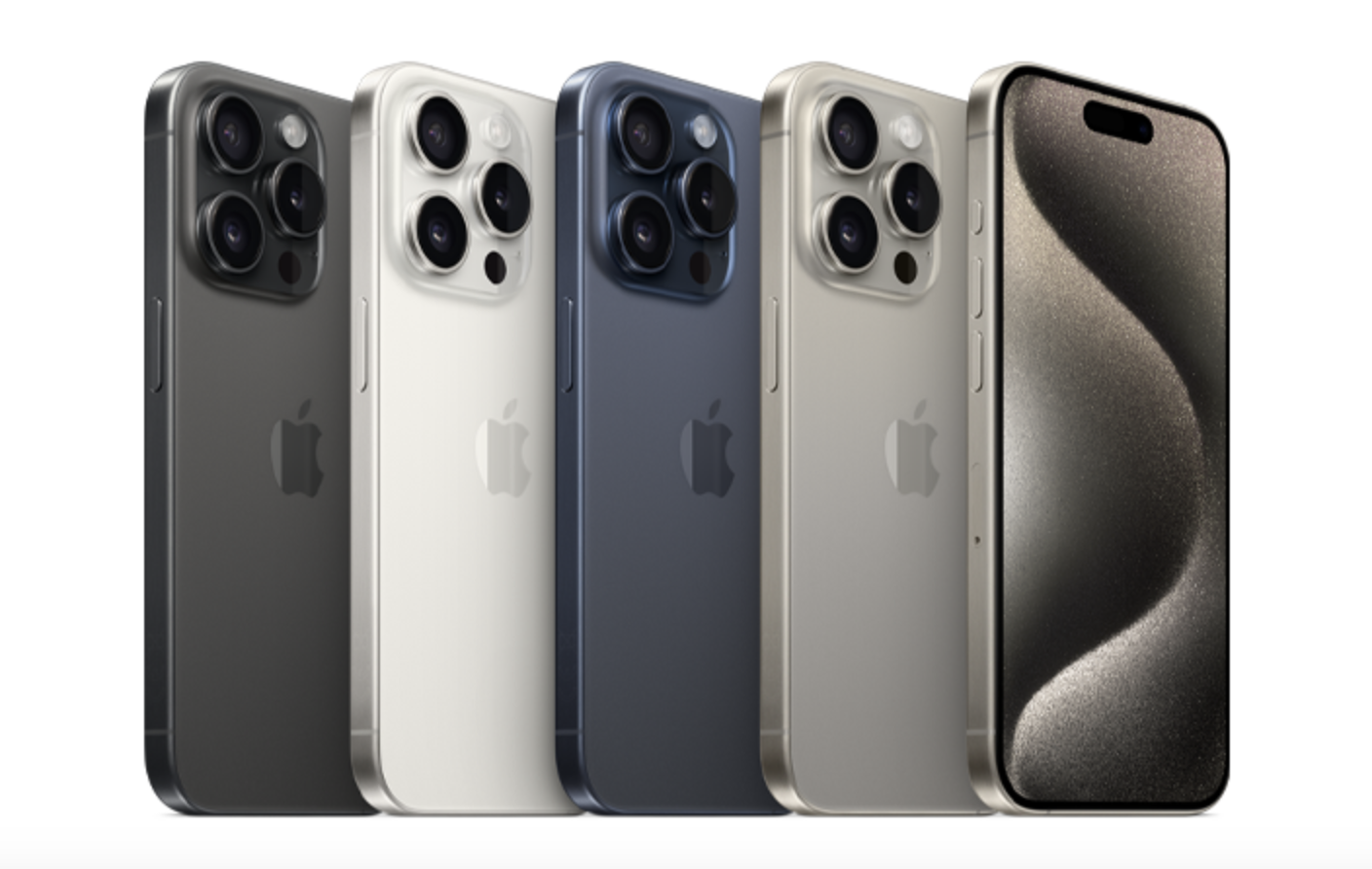









![Apple Shares New Ad for iPhone 16: 'Trust Issues' [Video]](https://www.iclarified.com/images/news/97125/97125/97125-640.jpg)


![At Least Three iPhone 17 Models to Feature 12GB RAM [Kuo]](https://www.iclarified.com/images/news/97122/97122/97122-640.jpg)












![Hands-on: Motorola’s new trio of Razr phones are beautiful, if familiar vessels for AI [Gallery]](https://i0.wp.com/9to5google.com/wp-content/uploads/sites/4/2025/04/motorola-razr-2025-family-9.jpg?resize=1200%2C628&quality=82&strip=all&ssl=1)
![The big yearly Android upgrade doesn’t matter all that much now [Video]](https://i0.wp.com/9to5google.com/wp-content/uploads/sites/4/2025/04/Android-versions-1.jpg?resize=1200%2C628&quality=82&strip=all&ssl=1)



![Apple appealing $570M EU fine, White House says it won’t be tolerated [U]](https://i0.wp.com/9to5mac.com/wp-content/uploads/sites/6/2025/04/Apple-says-570M-EU-fine-is-unfair-White-House-says-it-wont-be-tolerated.jpg?resize=1200%2C628&quality=82&strip=all&ssl=1)


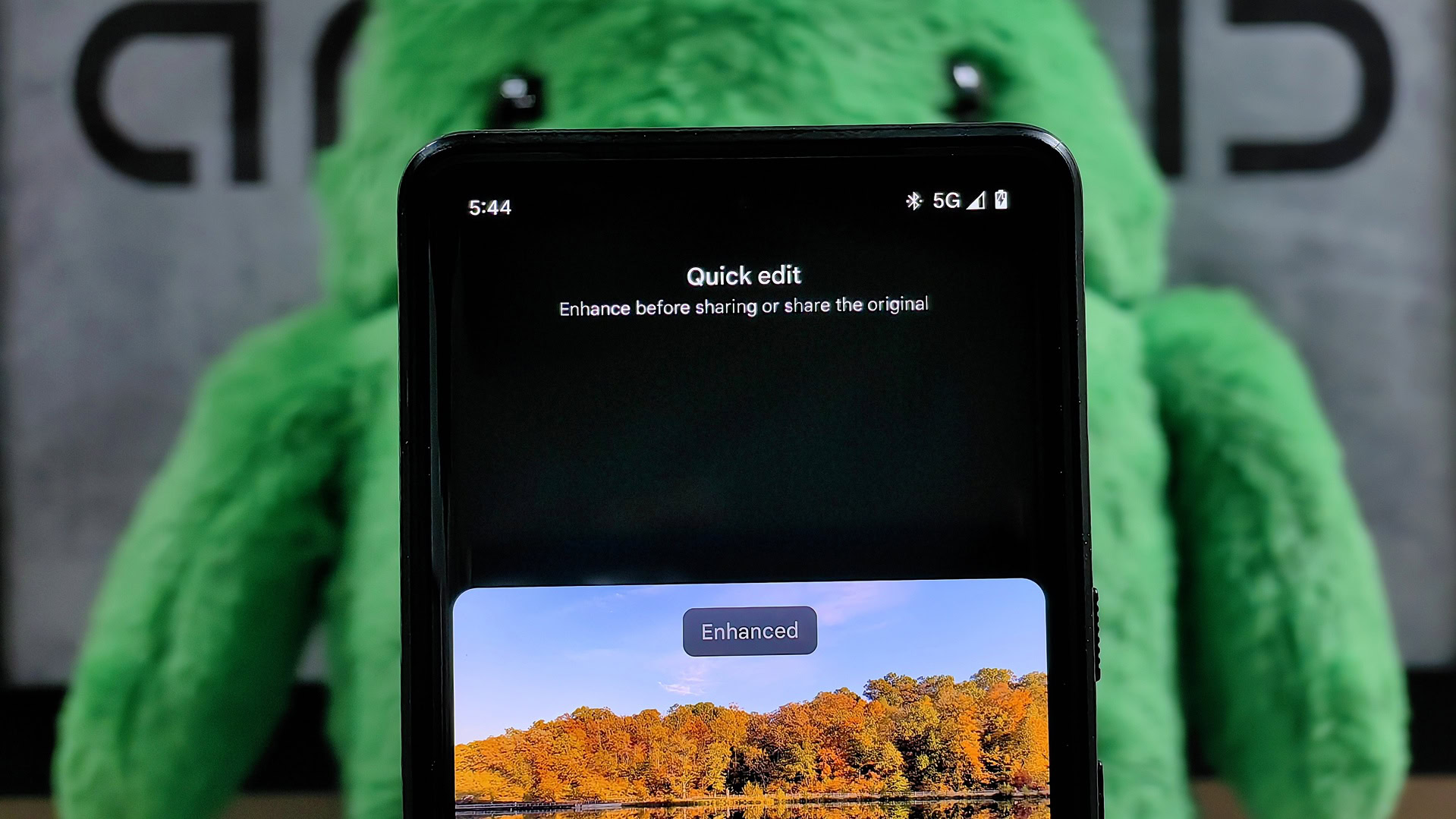


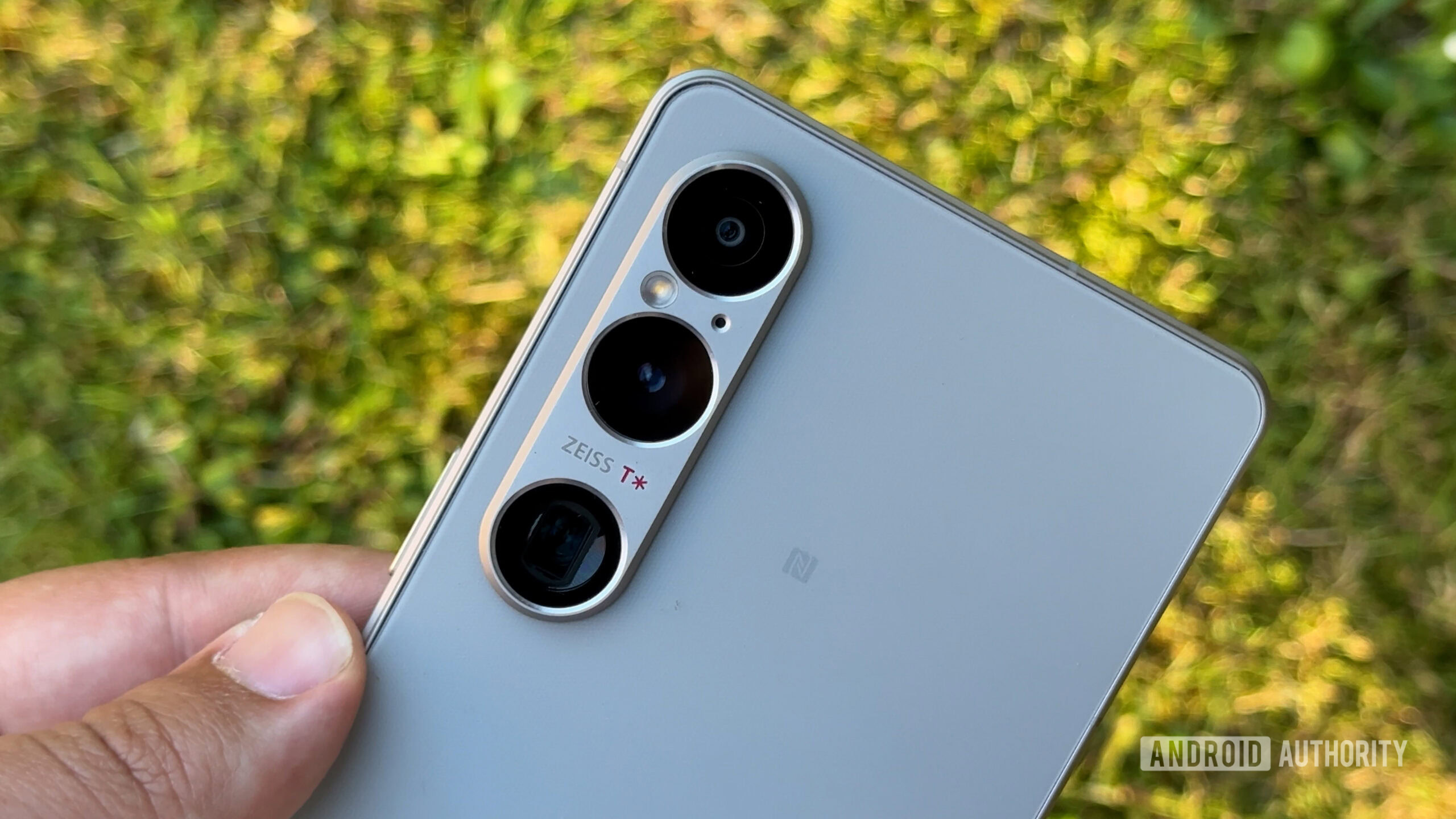
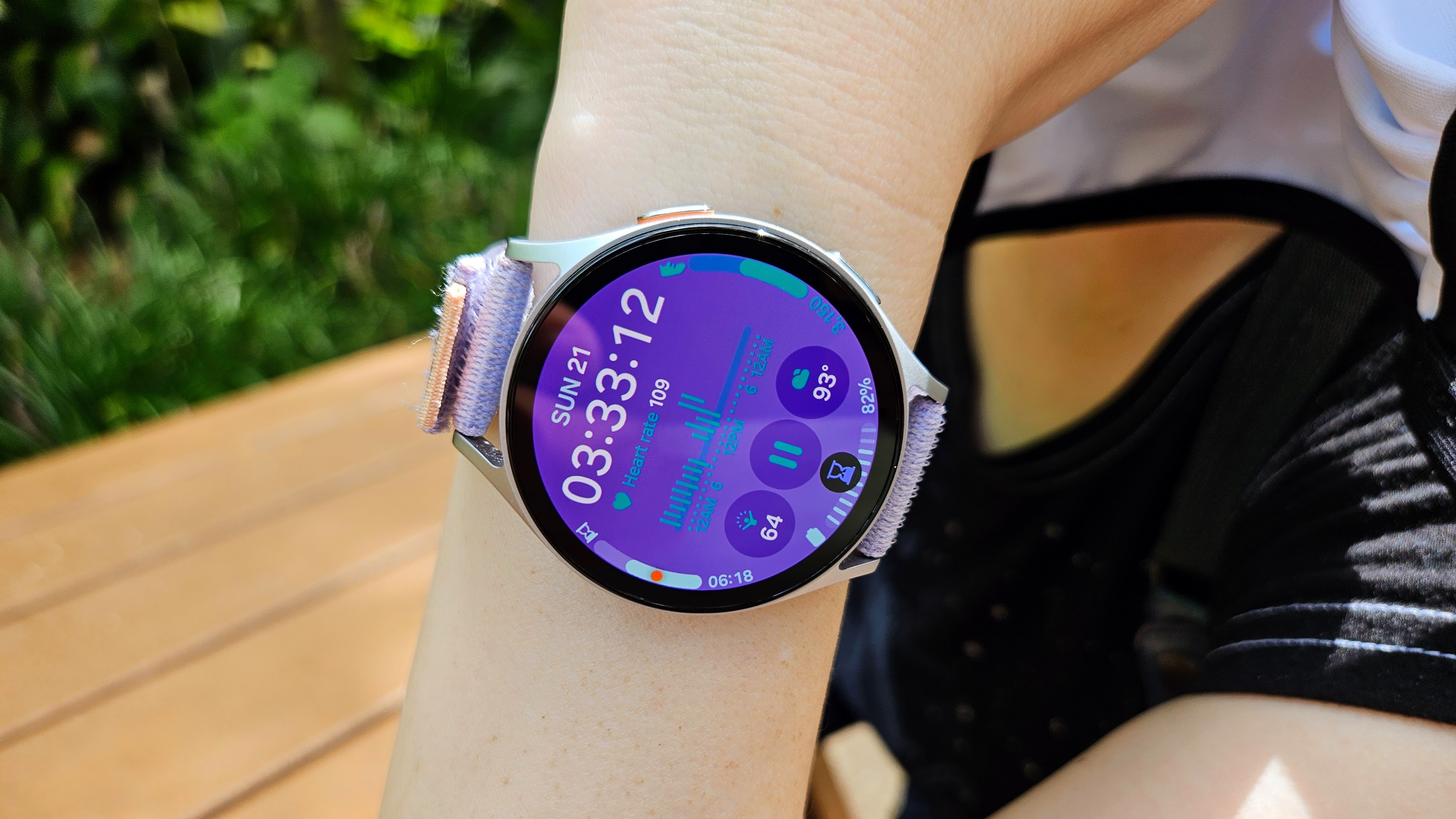

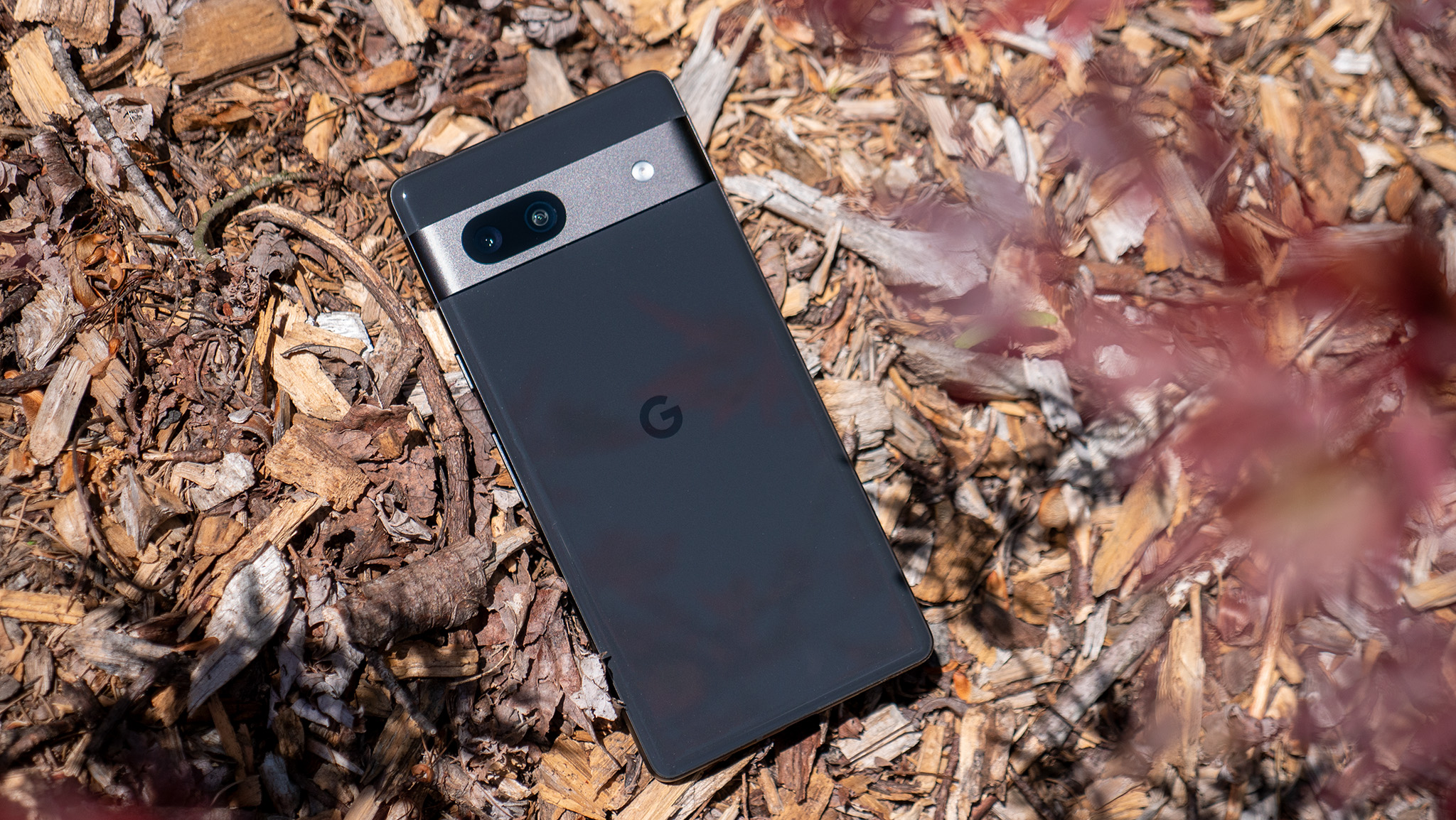
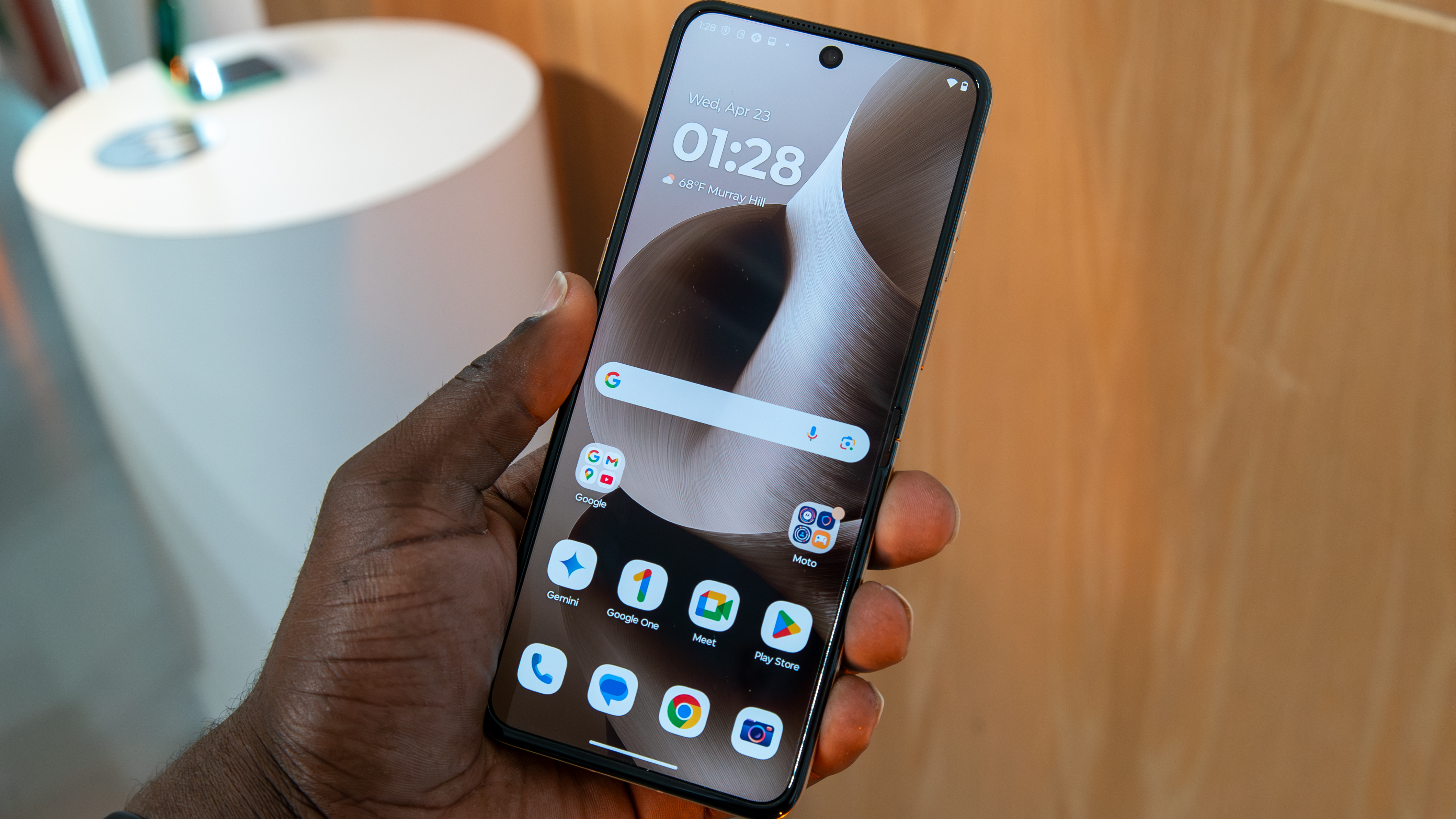

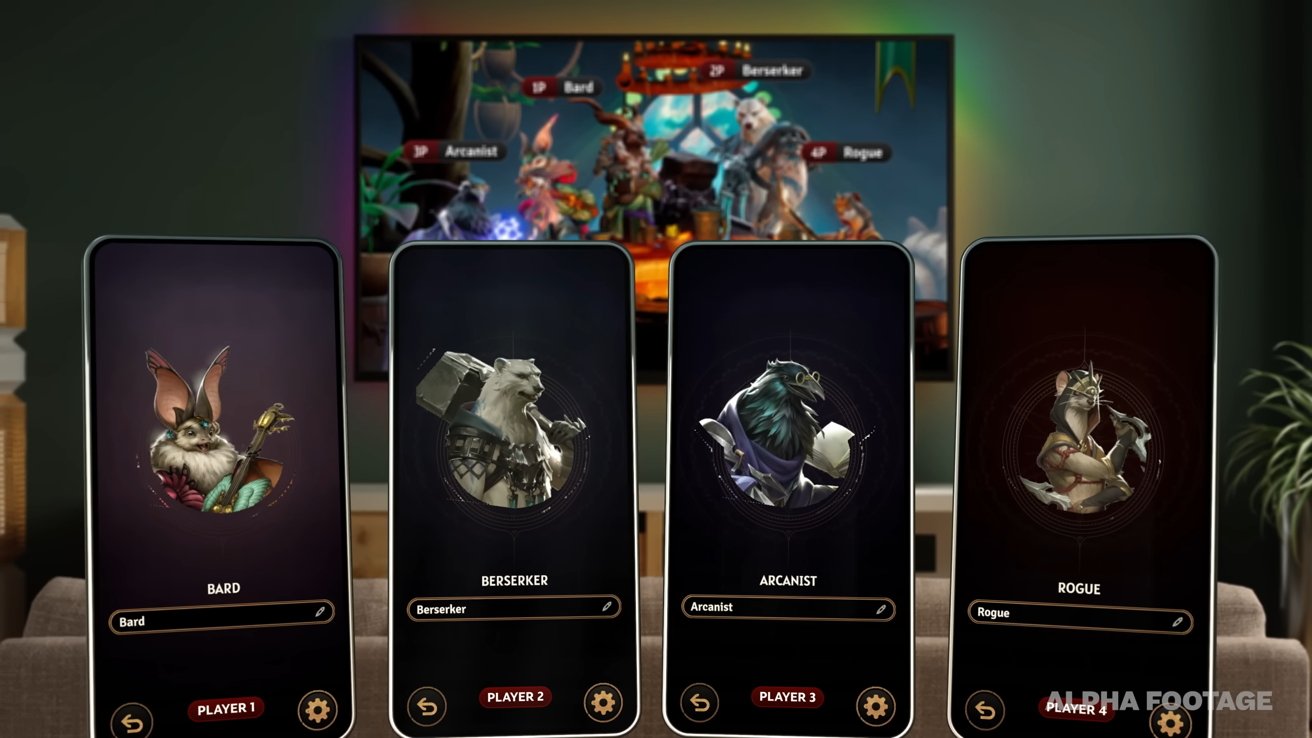




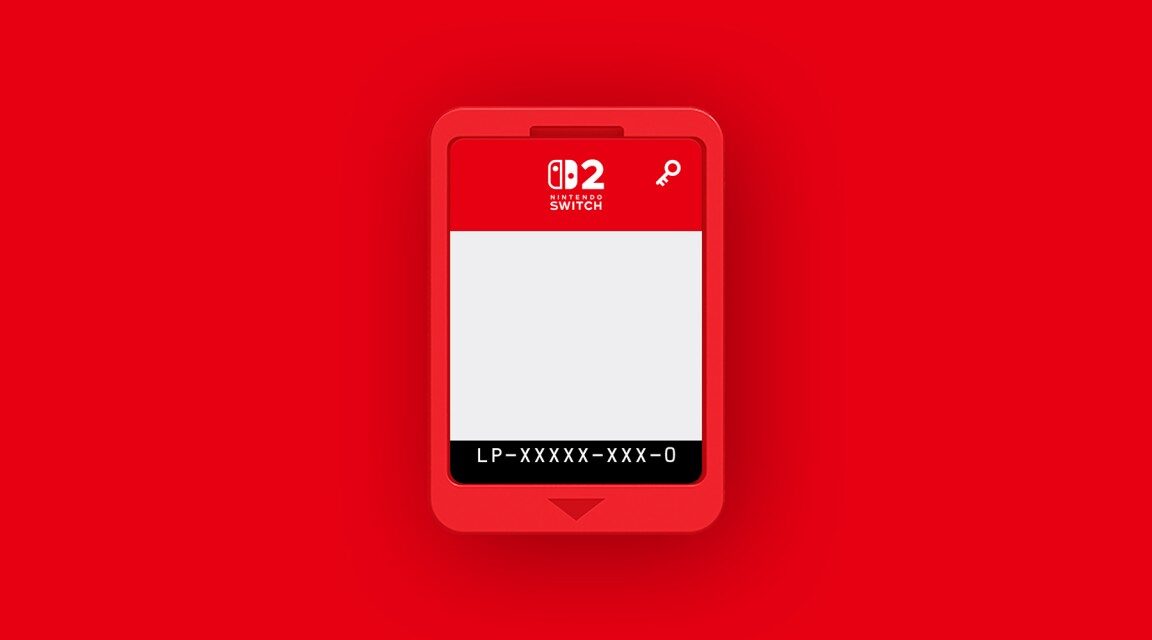





































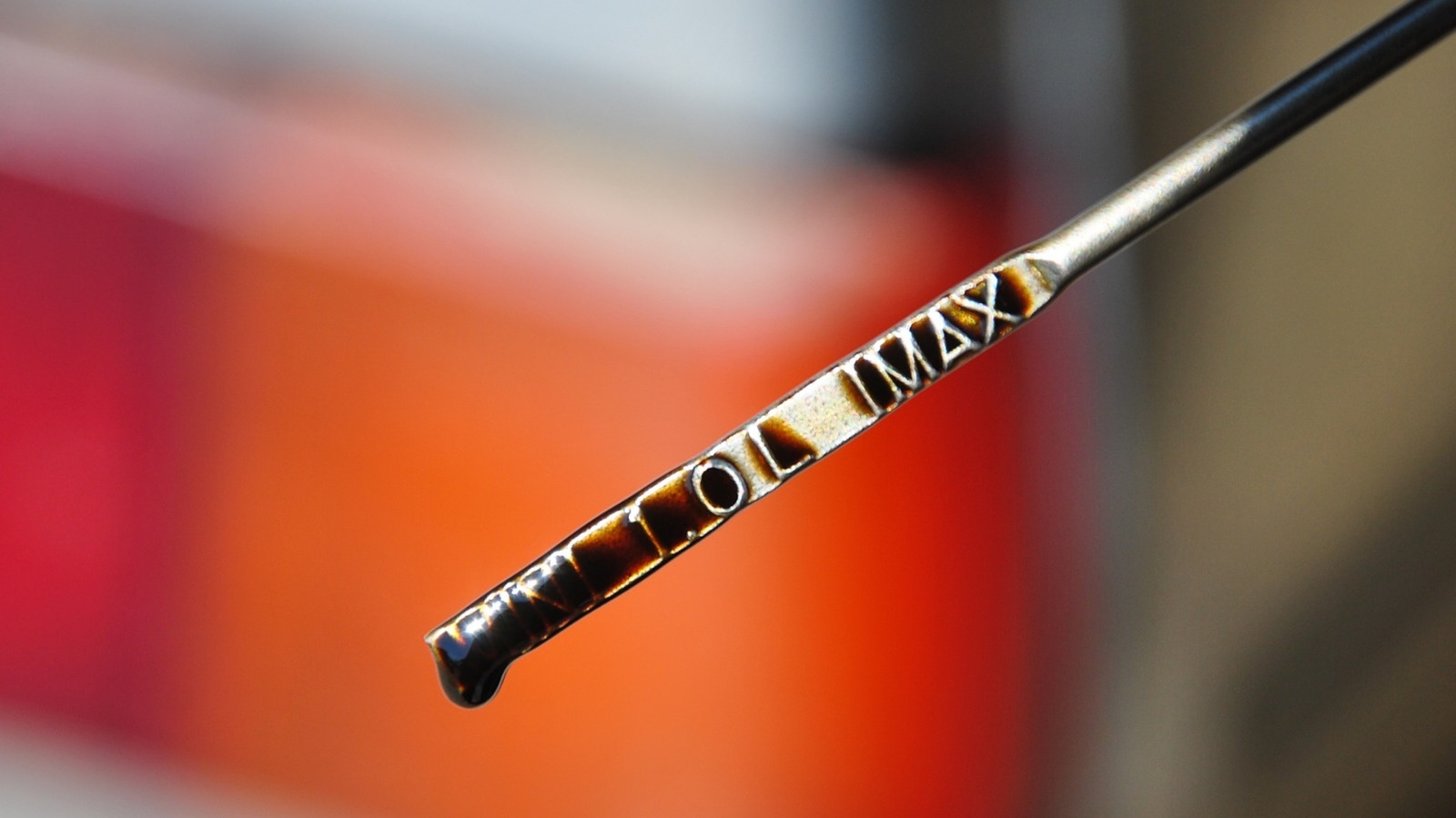
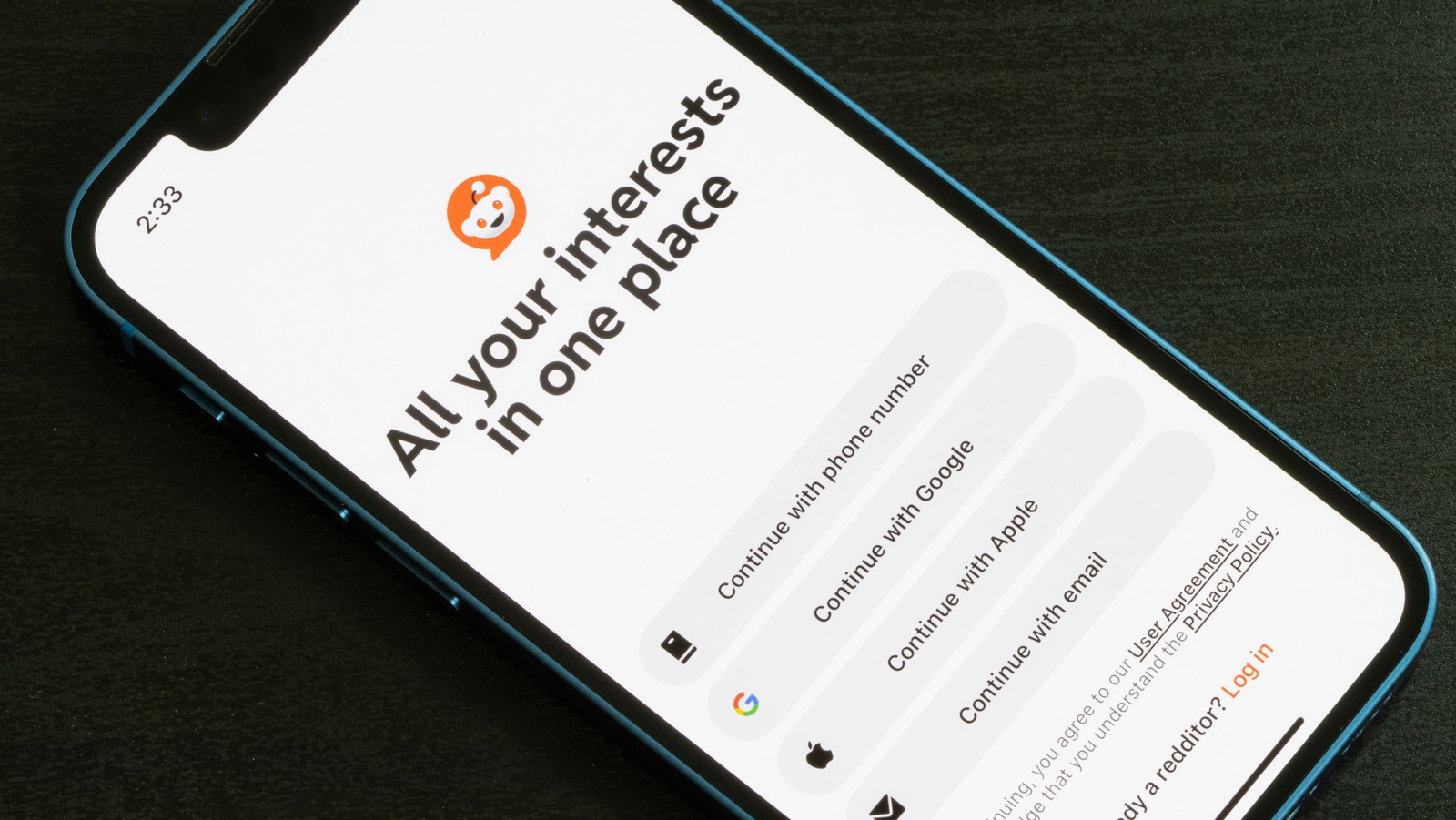































_NicoElNino_Alamy.png?width=1280&auto=webp&quality=80&disable=upscale#)

_Olekcii_Mach_Alamy.jpg?width=1280&auto=webp&quality=80&disable=upscale#)






















































































![[The AI Show Episode 144]: ChatGPT’s New Memory, Shopify CEO’s Leaked “AI First” Memo, Google Cloud Next Releases, o3 and o4-mini Coming Soon & Llama 4’s Rocky Launch](https://www.marketingaiinstitute.com/hubfs/ep%20144%20cover.png)













































































































































![[DEALS] Sterling Stock Picker: Lifetime Subscription (85% off) & Other Deals Up To 98% Off – Offers End Soon!](https://www.javacodegeeks.com/wp-content/uploads/2012/12/jcg-logo.jpg)
















































































